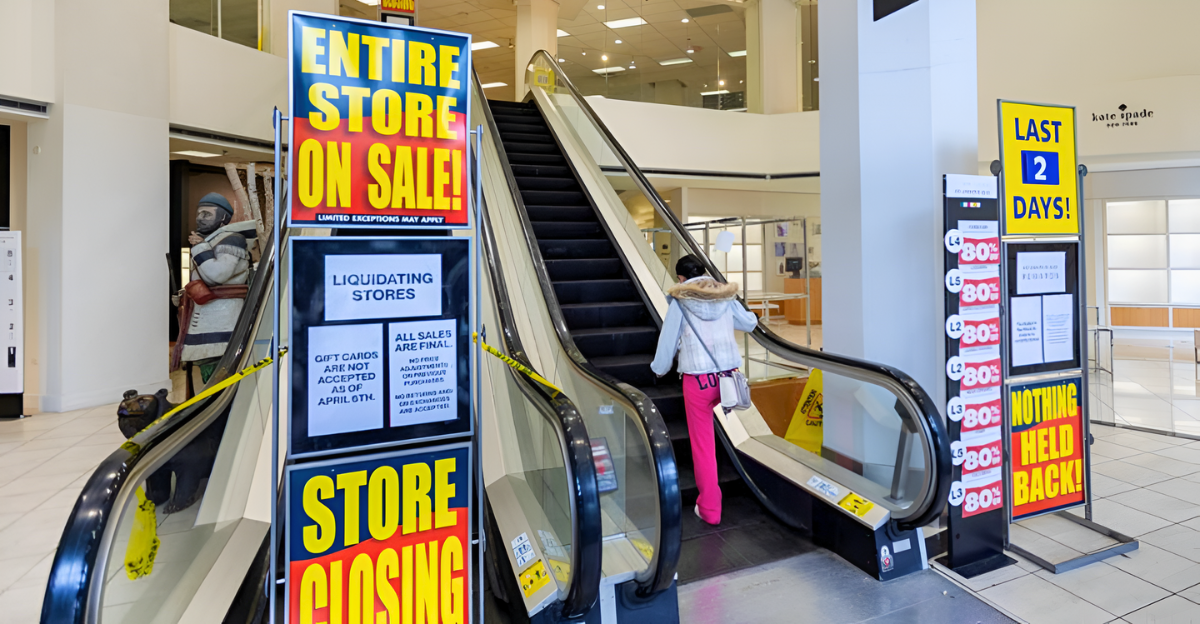
In downtown San Francisco, a well-known shopping mall is struggling with a new crisis that’s sending shockwaves through the city’s retail scene. This mall was once a lively spot for locals and tourists, but now, its gleaming halls and iconic glass dome echo with uncertainty.
Local shoppers have noticed more darkened storefronts and “For Lease” signs appearing, but the latest closure differs from the others. It is the closure of a popular tenant that used to attract large crowds and anchored the mall’s reputation. With rumors spreading and nearby retailers preparing for impact, everyone is asking the same thing: Can the mall withstand this latest setback?
More Than Just A Closure
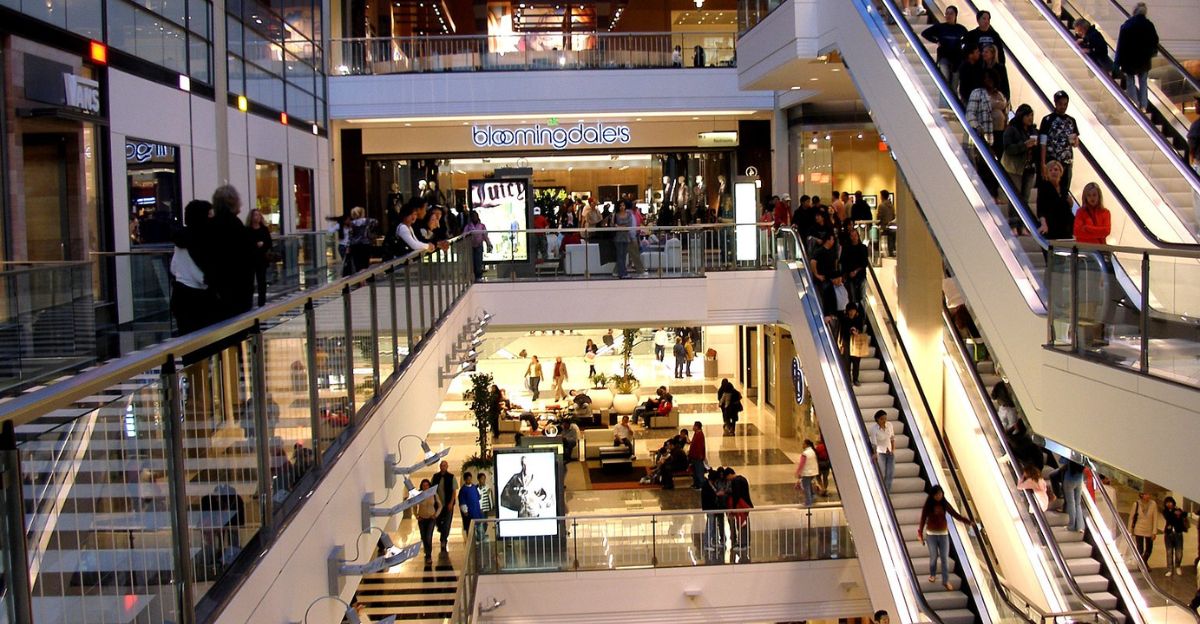
This isn’t just some old store closing; this is the kind of loss that could cause a chain reaction throughout the entire mall. Losing such an important retailer has left many shoppers and other business owners feeling anxious about what’s to come.
With empty spaces quickly spreading and foot traffic slowing down, the mall’s reputation as a downtown destination is at risk. Thousands of people are wondering if their favorite stores will leave next, and whether the city’s premier shopping center can survive this storm.
The Crown Jewel
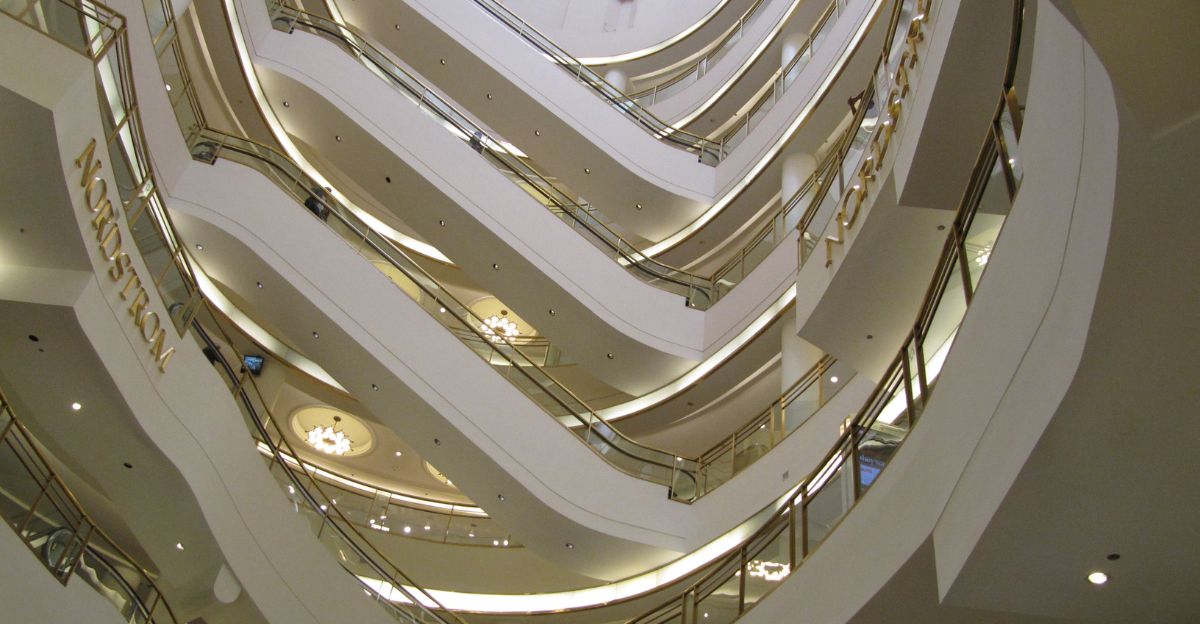
San Francisco Centre used to be the crown jewel of Market Street, a bustling place where families spent time together, teens hung out with their friends, and holiday crowds filled every corner. Everyone loved its spiral escalators and grand atrium as big-name brands competed for space.
For years, this was thousands of people’s go-to spot for everything from luxury goods to the latest fashion trends. However, longtime shoppers can’t help but think back on the glory days as the mall faces an uncertain future.
Didn’t Happen Overnight
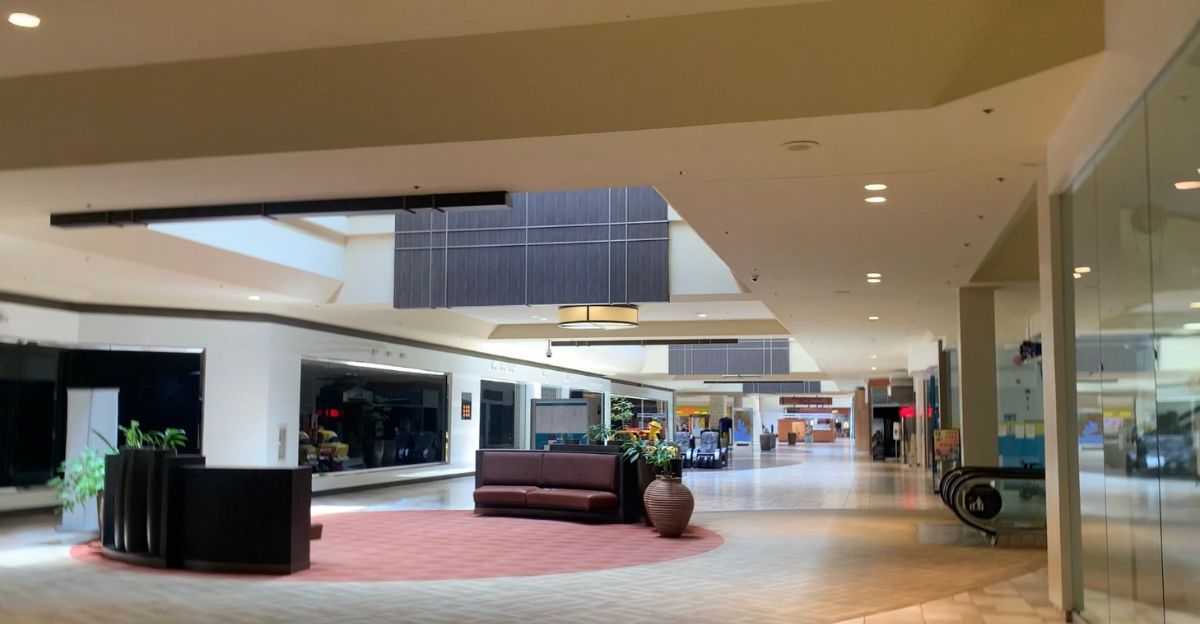
The mall’s downfall didn’t happen overnight. Rising rent prices, shifting consumer habits, and a sharp drop in foot traffic have all contributed to its decline. The pandemic accelerated the decline as remote work slowly emptied nearby office buildings, and health concerns kept shoppers away.
As more and more retailers closed their doors for good, the once busy area grew quieter. But with the loss of a huge anchor store, the mall could now be pushed past the point of no return.
Zara
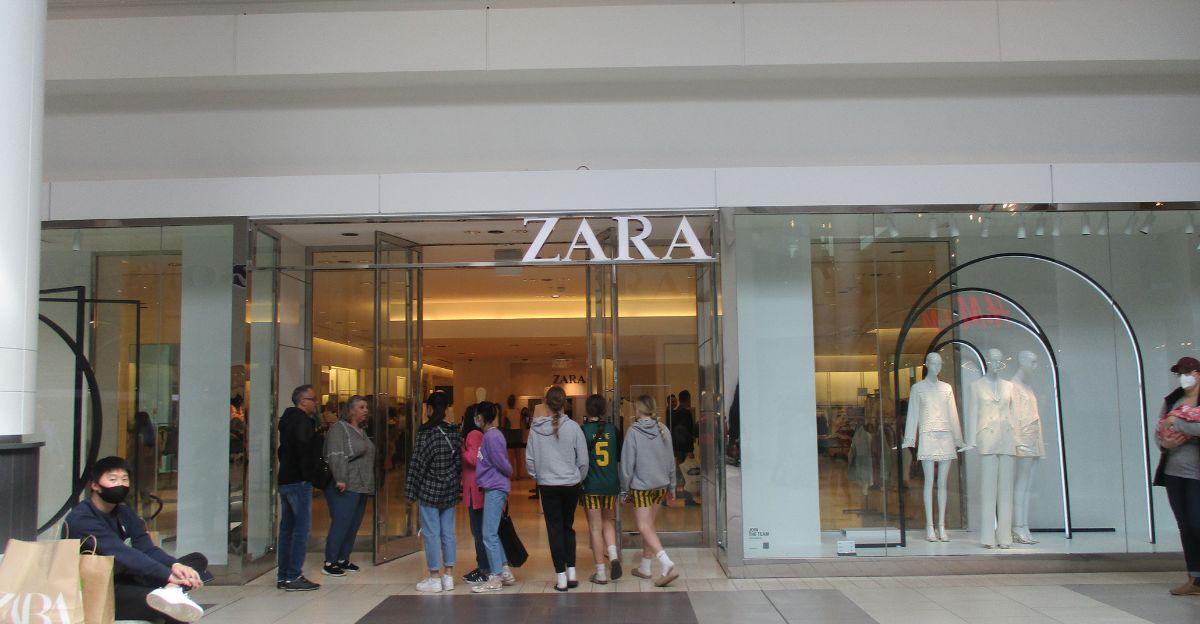
According to The Street, Zara is the store that is making this devastating exit. This internationally beloved fashion retailers is close its two-story store in San Francisco Centre.
With almost 28,000 square feet of retail space empty, this iconic mall has lost its largest remaining brand. Zara’s exit isn’t just another empty storefront; it represents the broader struggles urban malls are facing all around the country. For many people, this strongly indicates that the mall’s best days are behind it.
Regional Impact

Zara’s departure from San Francisco Centre follows after a bunch of other high-profile exits, including Oak and Fort, AG Jeans, and Milk Tee. The impact of these closures is reaching far beyond the mall’s walls, affecting downtown workers, nearby restaurants, and the wider retail economy.
With more brands leaving, shoppers have fewer options, and the city is facing tough questions about how to breathe new life into its once-thriving commercial core.
Franchisee Struggles
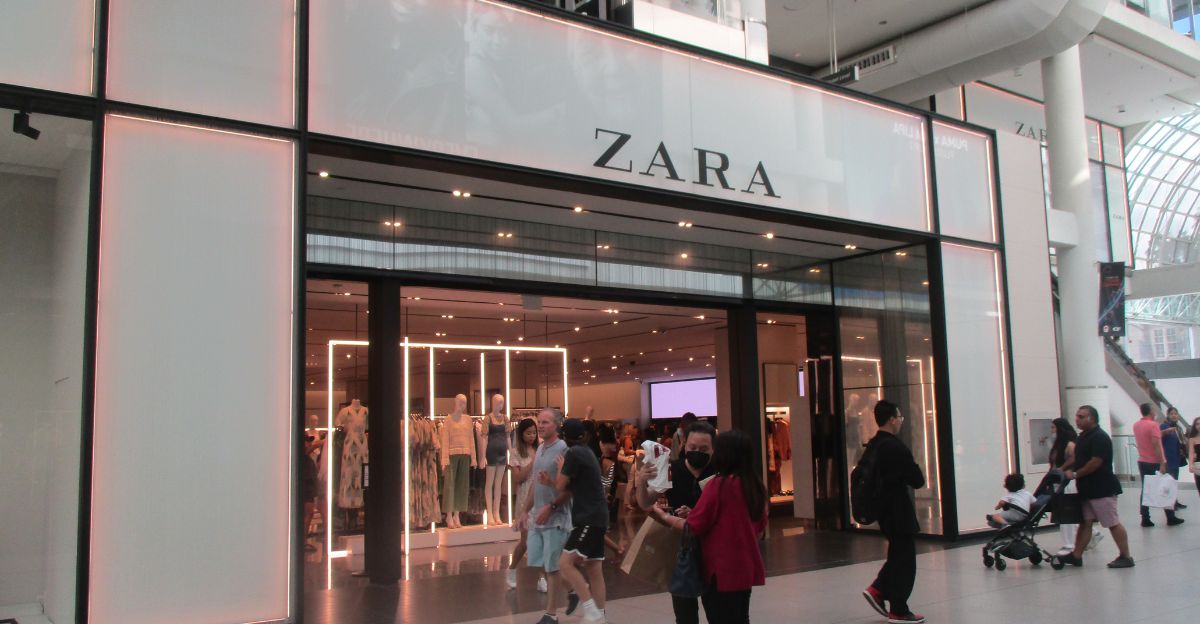
For the retailers that have stuck around, the fight for survival is becoming harder with each passing day. Store owners have been reporting declining sales and rising costs, with some of them on the verge of closing their doors for good.
“After Nordstrom left, business dropped off a cliff,” one tenant revealed. These people are fed up with the lack of support and the uncertainty about the mall’s future.
Competitor Pressure
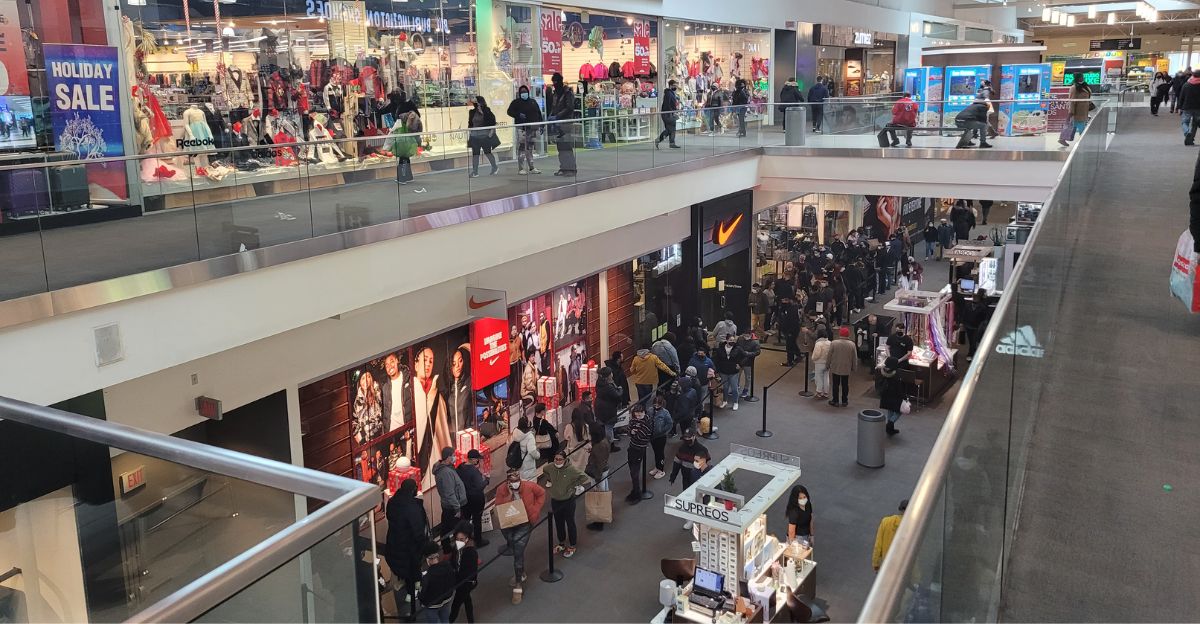
While some retailers are moving to Union Square or other shopping districts, others have decided to abandon San Francisco altogether, looking for better prospects in the suburbs or online. Over the years, competition from e-commerce giants and popular open-air shopping centers has also grown stronger.
As people’s preferences now shift toward convenience and experience, many traditional malls like San Francisco Centre are struggling to adapt and are losing ground to newer, more flexible retail environments.
Changing Consumer Habits

Nowadays, many shoppers expect more than just a place to buy things; they want experiences, a sense of community, and convenience. The growth of online shopping, changes in work habits, and a preference for open-air retail shopping have put many traditional malls at a disadvantage.
San Francisco’s downtown, which once thrived with office workers and tourists, is now experiencing fewer daily visitors. For many malls, now it the time to change, but for others, it might already be too late.
Record Lows
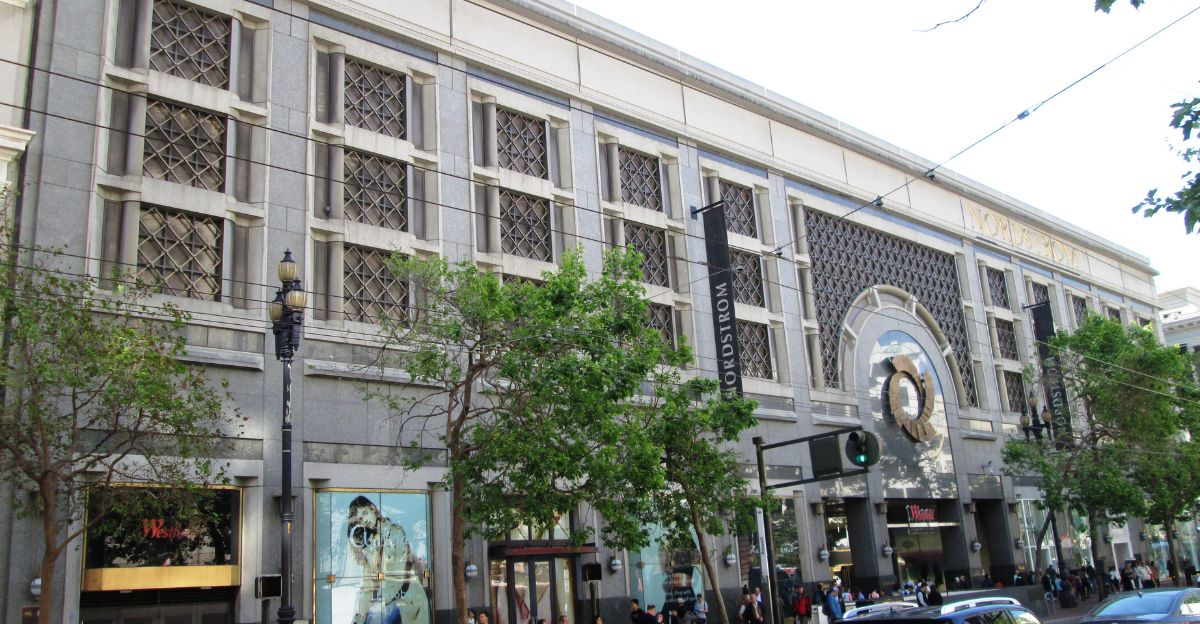
With a foreclosure auction looming and occupancy rates at record lows, the mall, which was recently renamed to Emporium Centre San Francisco, is facing an uncertain future.
City leaders are counting on new ownership and a bold vision to revive this spot, but the challenges are significant. For now, no one really knows what the mall’s future holds.